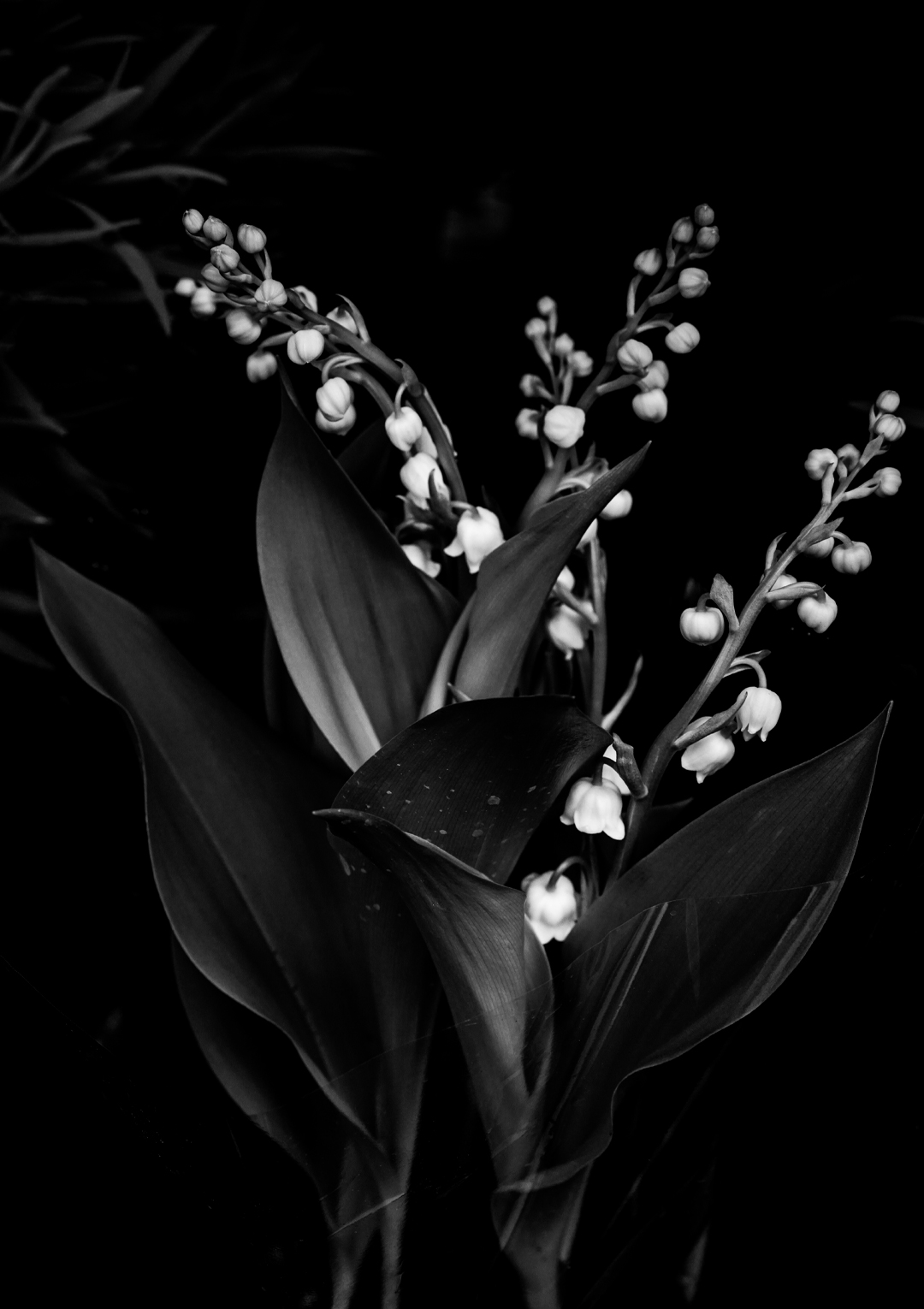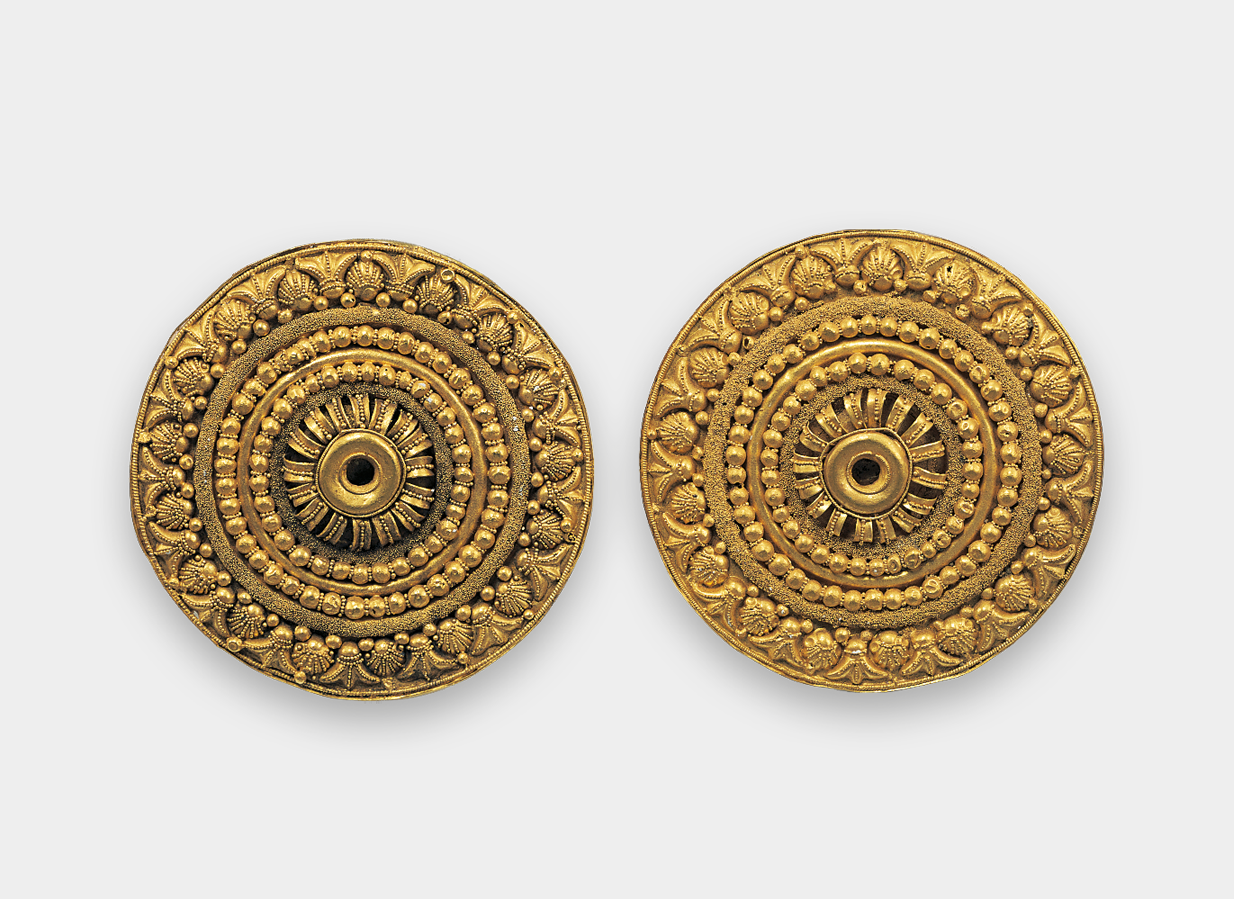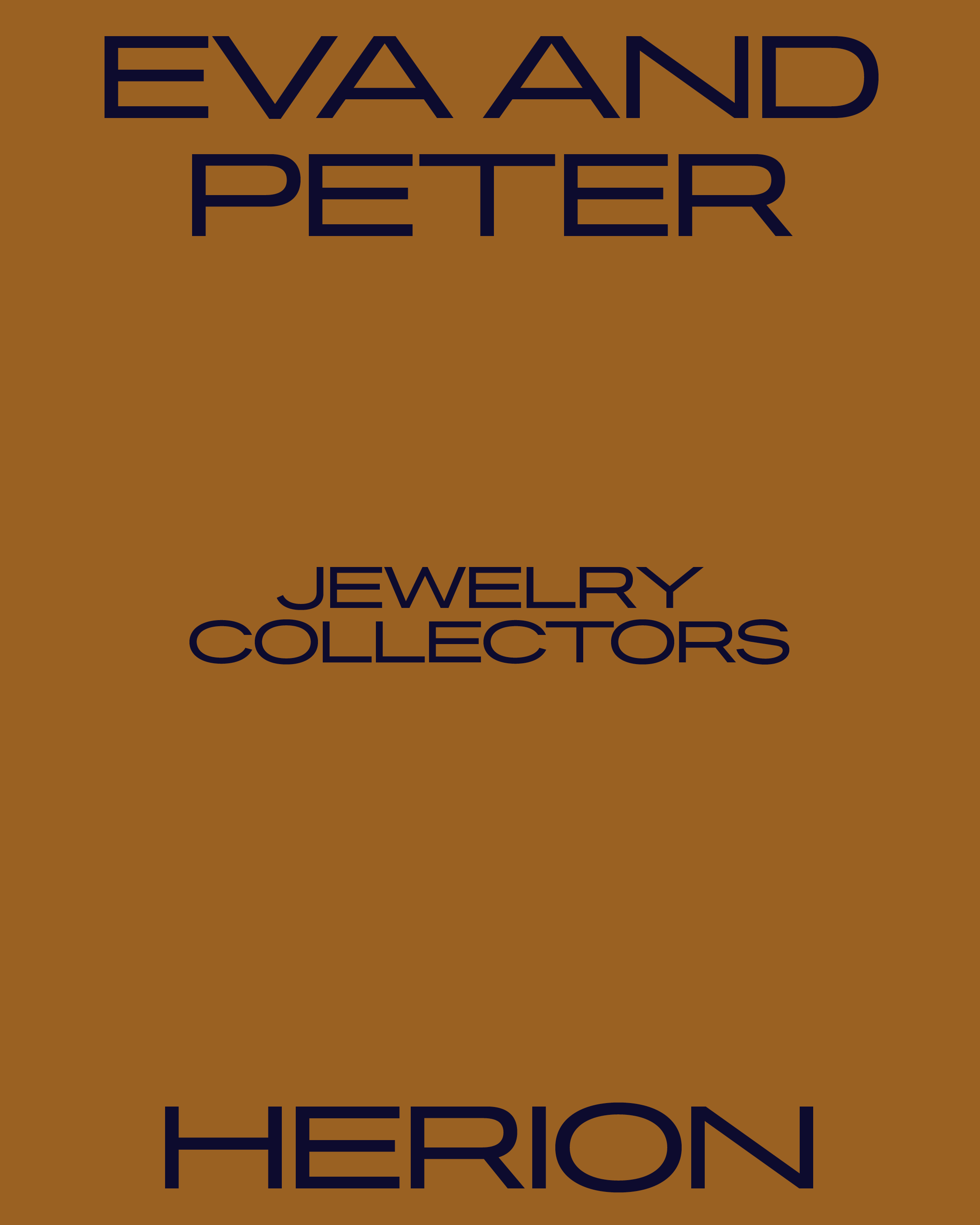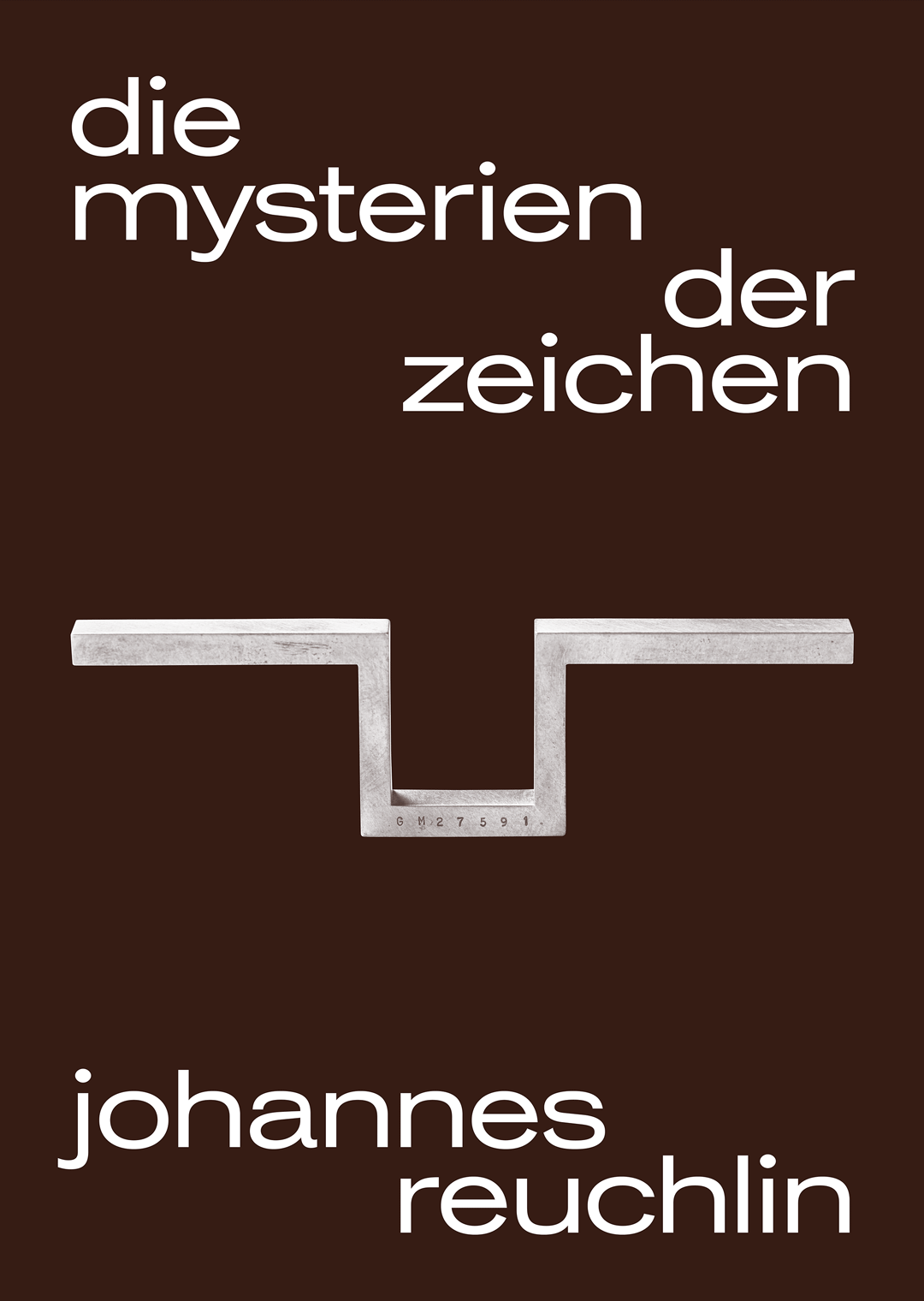“Pieces like these need the relevant environment and social occasions,” explains Cornelie Holzach, Schmuckmuseum Pforzheim’s director and exhibition curator. The preview, exclusively held for members of the museum’s International Society of Friends of Schmuckmuseum Pforzheim (ISSP), took place in collaboration with the Tiffany & Co. archivist Annamarie Sandeckie, who flew in as a special guest from New York.
“The Feel of the City – Jewelry from the Centres of the World” showcased about 100 specimens from Schmuckmuseum Pforzheim’s own collection, as well as lenders such as the Asenbaum Collection and Galerie bei der Albertina Zetter in Vienna, Tilman Bohm in Paris, Siegelson, Hancocks and Wartski in London and the Tiffany & Co. Archives in New York.




